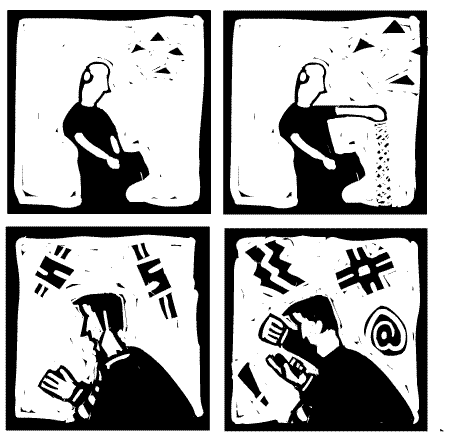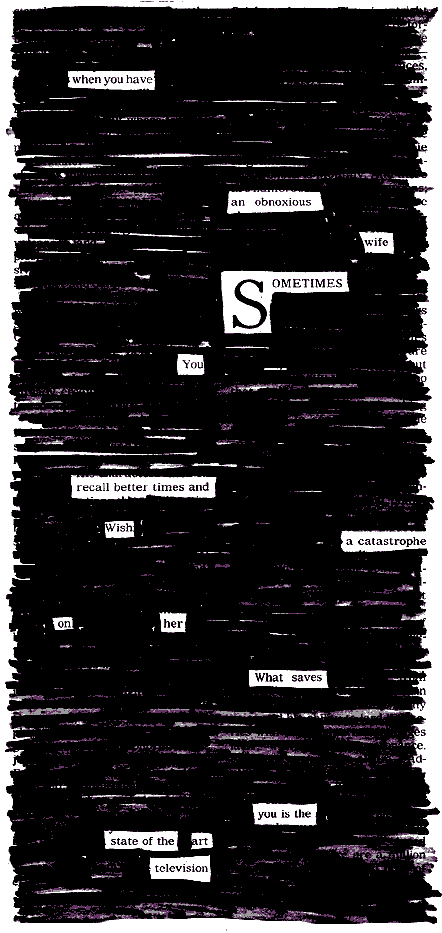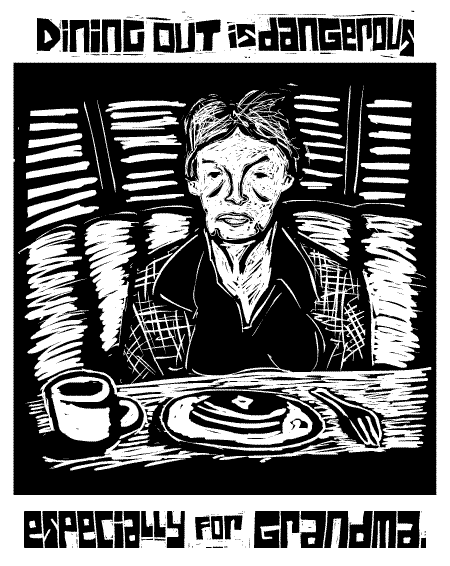…this is a hard world to be ludicrous in, with so many human beings so reluctant to laugh, so incapable of thought, so eager to believe and snarl and hate.
– Kurt Vonnegut, MOTHER NIGHT

Not sure where this is going. All I can tell you is that these two characters will meet…
- You can read the two Kelly Link stories that won Nebula awards online: “Magic For Beginners” and “The Faery Handbag.”
- Touring is how we make money. There’s a big scam in the record industry and you don’t make any money from royalties. Just keep coming to shows. Will do!
- Is DEVO more relevant than ever? In Devo’s heyday, Mothersbaugh and Casale wrote many of their songs only after they had come up with a concept for the video.
- Clive Thompson on beating video game bosses.
- Don’t believe them! Don’t believe them! You gotta su-su-su-su-su-su-pect device!! Ted Leo covering Stiff Little Fingers’ “Suspect Device”: [MP3]
If you happen to be downtown tomorrow afternoon, stop by the RTA offices on 6th Street from 5-7 to see the poetry bus.









